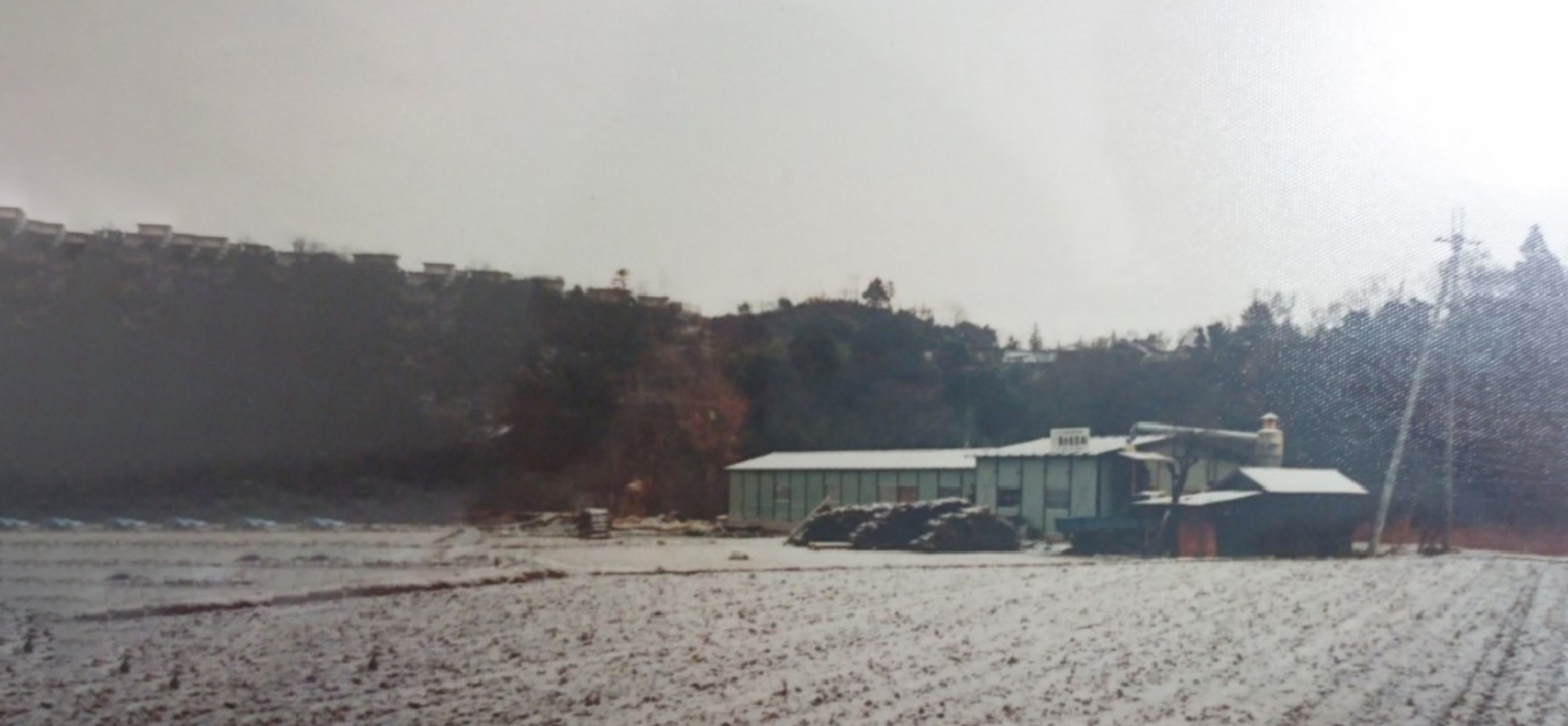
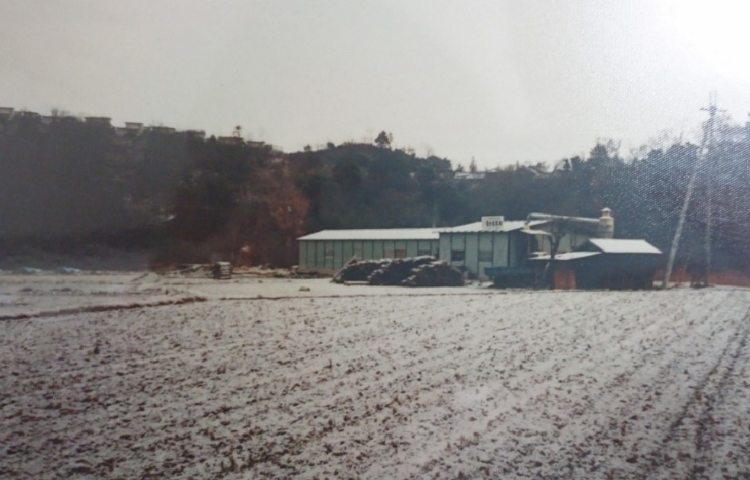
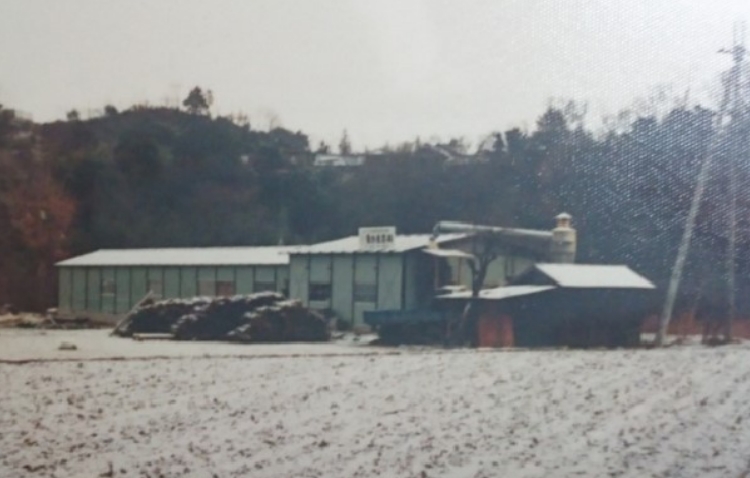

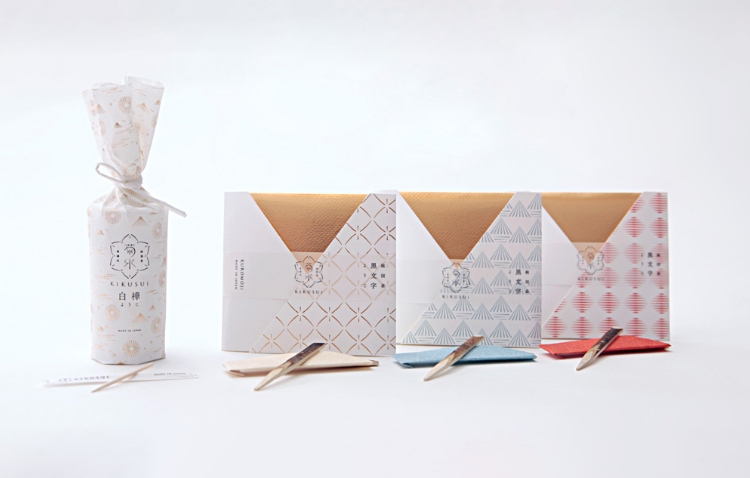
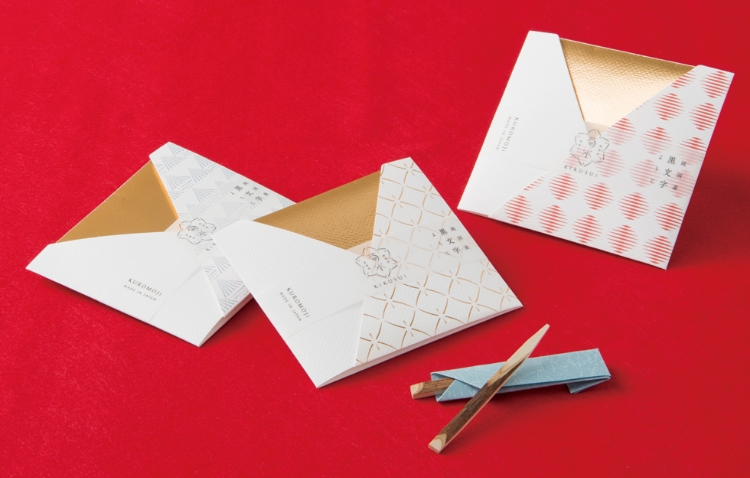

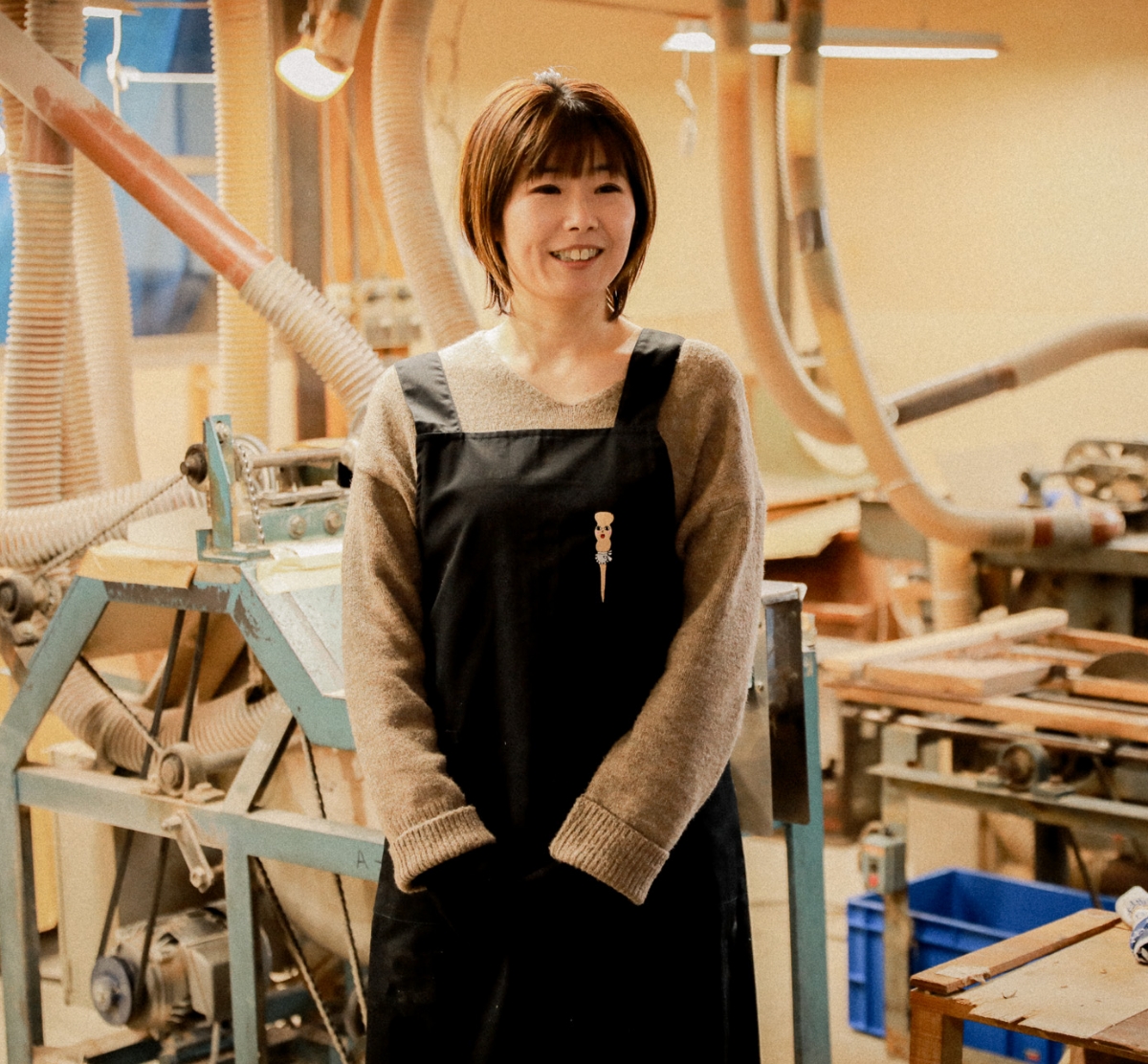 Akie Suenobu, Representative
Akie Suenobu, Representative
When I look back on my childhood, the scent of Kuromoji always comes to mind. Growing up with working parents I would spend time with my grandparents and great-grandparents, helping to package boxes of toothpicks. This remains a cherished memory.
As an adult, I was pursuing a different path from the family business, but when the incumbent president said, "I plan to close the company in a few years," my first thought was, "I don't want to lose this company filled with cherished memories of my grandparents!" My grandfather, who shaved confectionery picks by hand until just before he passed away, was my inspiration. With his image spurring me on, I approached the President and proposed the "Revival of Japanese-made Kuromoji picks.” I joined Kikusui Sangyo in 2014, spending my first days intensely focused on searching for mountains where Kuromoji trees could be harvested.
For us, trying to protect local industry, craftsmanship is about fostering relationships with people. This includes our business partners, individual customers who support us through social media, landowners who permit us to harvest Kuromoji, craftspeople dedicated to making traditional tools from wood and bamboo, and our local part-time workers who have supported us for generations. We value these connections deeply and remain committed to upholding the ethos of “Small yet long-lasting” craftsmanship.
Akie Suenobu, Representative